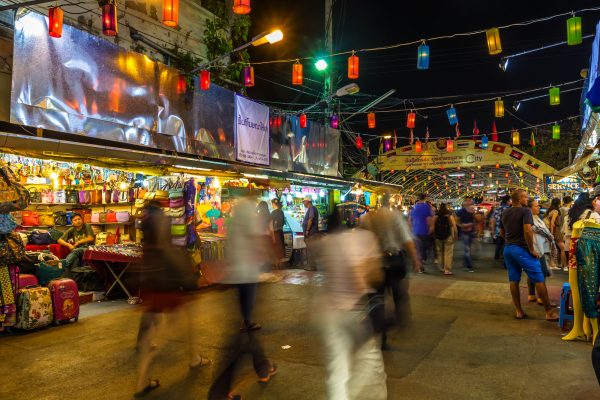Pacific Money | Economy | Southeast Asia
Eight months after the end of Beijing’s strict “zero COVID” policy, tourist arrivals to Thailand remain sluggish.
Thailand’s new government announced yesterday that it will temporarily waive tourist visa requirements for visitors from China, in an attempt to revive the country’s economically pivotal tourism industry.
In a cabinet meeting yesterday, Nikkei Asia reported that Prime Minister Srettha Thavisin’s new government approved the Visa Free policy, which will allow tourists from the two nations to enter Thailand freely from September 25 through the end of February 2024. The policy will also apply to visitors from Kazakhstan.
Relevant authorities had been consulted to ensure that they are ready to handle the expected surge in travelers, said Srettha, who took office on September 5.
According to The Associated Press, the government proposed the measure due to the likelihood that the number of Chinese tourists this year might not reach the government’s initial target of 5 million. Around 1.4 million Chinese tourists visited the country in the first six months of this year, according to the Tourism Authority of Thailand.
Chai Wacharonke, a spokesperson for the Office of the Prime Minister, told the AP that the tourism industry is “the only economic machine remaining that can be driven with hope to generate new income quickly for Thailand.”
The Visa Free policy is just one of a number of economic measures that Srettha’s government, birthed in controversial circumstances last month, will introduce in the coming months to buoy up an export-led economy that has underperformed expectations so far in 2023. These include an audacious stimulus plan in which the government will hand out up to 560 billion baht (around $15.8 billion) to the country’s population over a six-month period, as well as a reduction in electricity fees and diesel prices, and a three-year debt relief program for farmers.
Tourism is also a logical area of focus. The economically vital sector – Thai officials estimate that international visitors brought in an astonishing 1.9 trillion baht ($53.2 billion) in 2019 – has yet to recover fully from the downturn COVID-19 pandemic and its associated international travel restrictions.
COVID-19 gutted tourism to Thailand: international tourist arrivals dropped from a record 40 million in 2019, the last full year before the pandemic, to 6.7 million in 2020 and then to a paltry 428,000 in 2021. A total of 11.15 million international visitors were recorded in 2022, exceeding the government’s target of 10 million, but recovery has slowed this year. This is especially the case among arrivals from China, which in 2019 numbered 11 million, or about 28 percent, of total international tourist arrivals.
This is a by-product of Beijing’s severe “zero COVID” policy, which until January made outbound international travel complicated and costly in terms of both time and money. Last year, just 274,000 Chinese tourists visited Thailand, according to Reuters.
Thailand has received 15 million international visitors in the first seven months of this year, which it is hoping will top 28 million international visitors by the end of 2023, up from an earlier yearly target of 25 million.


